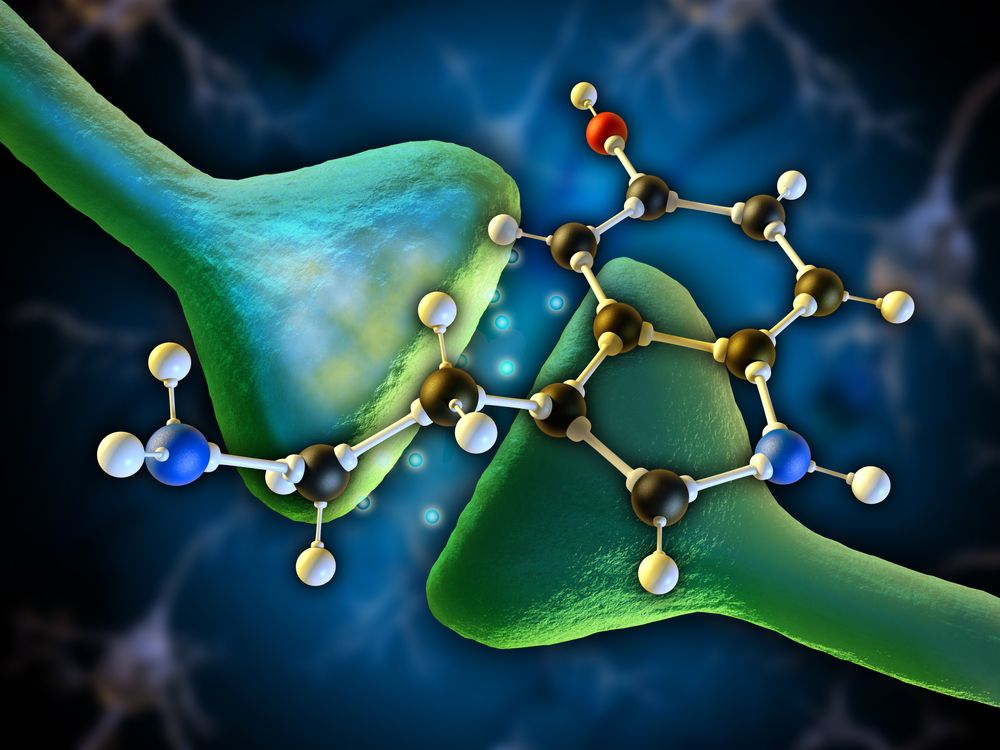Article
Neuroimaging Advances in Pediatric Bipolar Disorder
Author(s):
High levels of vitamin D-binding protein may hold promise for use as a diagnostic biomarker of pediatric BD.
©AndreaDanti./Shutterstock

RESEARCH UPDATE
High levels of vitamin D-binding protein (DBP) may be a significant characteristic of pediatric bipolar disorder (BD).1 Its early detection-in use as a biomarker-may help differentiate pediatric PD from other mood disorders-namely major depressive disorder (MDD)-and boost timely intervention according to a recent study. Petrov and colleagues1 conducted an investigation of biomarkers for major mood disorders among pediatric patients.
The research team, affiliated with Ohio State University in Columbus, looked at factors related to neuroinflammation in a small subset (N = 36) of subjects, mean age 14 years, who were participants in the National Institute of Mental Health Longitudinal Assessment of Manic Symptoms study. The subjects were grouped into 3 categories: controls (n = 13), pediatric BD (n = 12), and MDD (n = 11). Body mass index (BMI), serum vitamin D, and factors related to proinflammatory neurochemistry were assessed.
The investigators found that serum vitamin D concentrations were inversely associated with BMI across study groups and that the relationship was statistically significant (P <.006). Vitamin D concentrations also were inversely associated with markers of inflammation and oxidative stress. However, none of the major inflammatory factors or vitamin D parameters assessed was able to detect which subjects had pediatric BD or MDD and which did not. The investigators then performed immunoprecipitation based on the neuroinflammatory cytokine glia maturation factor beta (GMFβ), which led to the detection of the GMFβ homolog DBP.
In quantifying DBP via Western blot analysis, the Ohio State research team discovered that serum DBP levels in the pediatric BD group were significantly higher-by 137%-than those of the control group (P < .02). Immunoprecipitation using anti-DBP antibodies revealed a 156% increase in DBP among the pediatric BD group compared with controls. The researchers concluded that DBP either plays a role in the pathogenesis of pediatric BD or is an associative factor. They noted that DBP is known to mediate neuronal cell death, activation of inflammatory cascade, and vitamin D and lipid status and, therefore, holds promise for use as a diagnostic biomarker of BD.
Finding on white matter and pediatric BD pharmacotherapy fixes
A report by the International Society for Bipolar Disorders Task Force, noted that, although neuroimaging and biomarker studies of BD in pediatric patients are increasing, more and larger studies are needed.2 In its report on knowledge-to-date on pediatric BD, it acknowledged the role of inflammation, including inflammation in relation to GMFβ, in pathology. It also noted studies showing the presence of abnormal white matter microstructure in young patients with BD compared with healthy subjects. The association of white matter abnormalities was confirmed in a study by a multicenter team of researchers from Long Island and New York City.3 This small neuroimaging study used diffusion tensor imaging in 18 patients (mean age, 15.5 years) before and after 8 weeks of lithium therapy and demonstrated that lithium therapy can restore white matter microstructure.
These researchers found that fractional anisotropy (FA) in cingulum hippocampus (CGH) white matter was significantly lower at baseline in their pediatric BD study patients compared with healthy controls. FA increased in the left CGH after 4 weeks of lithium therapy. Further, patients who responded to pharmacotherapy demonstrated increased FA compared with nonresponders and also had improved scores on Clinical Global Impressions ratings in relation to depression and mania severity at Week 8.
References:
1. Petrov B, Aldoori A, James C, et al. Bipolar disorder in youth is associated with increased levels of vitamin D-binding protein. Transl Psychiatry. 2018;8(1):61.
2. Goldstein BI, Birmaher B, Carlson GA, et al. The International Society for Bipolar Disorders Task Force report on pediatric bipolar disorder: Knowledge to date and directions for future research. Bipolar Disord. 2017;19(7):524-543.
3. Kafantaris V, Spritzer L, Doshi V, et al. Changes in white matter microstructure predict lithium response in adolescents with bipolar disorder. Bipolar Disord. 2017;19(7):587-594.






